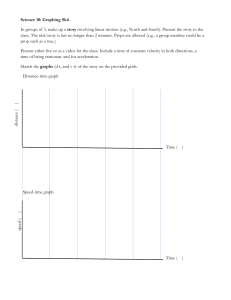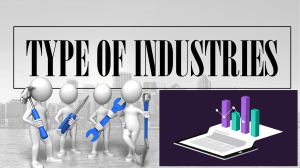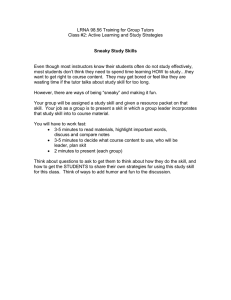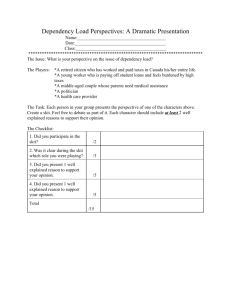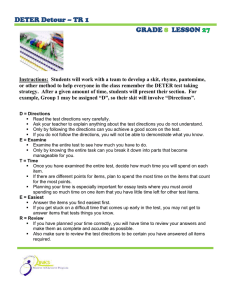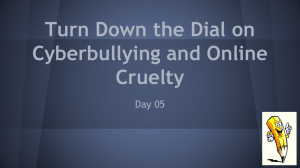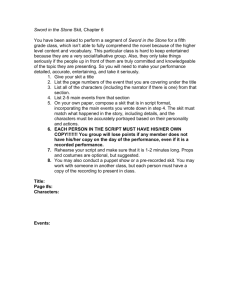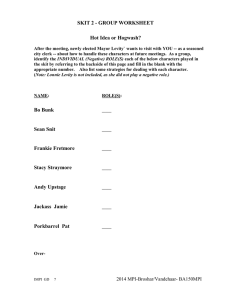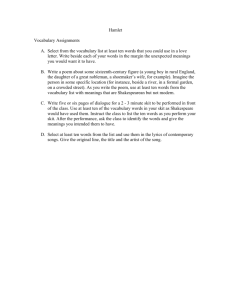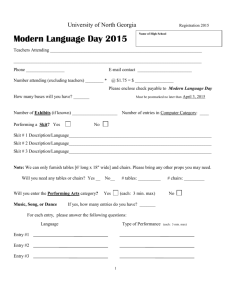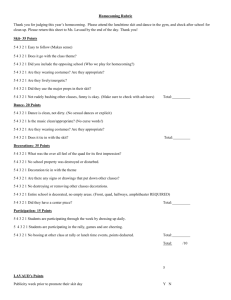IR: Changing Attitudes and Values
advertisement
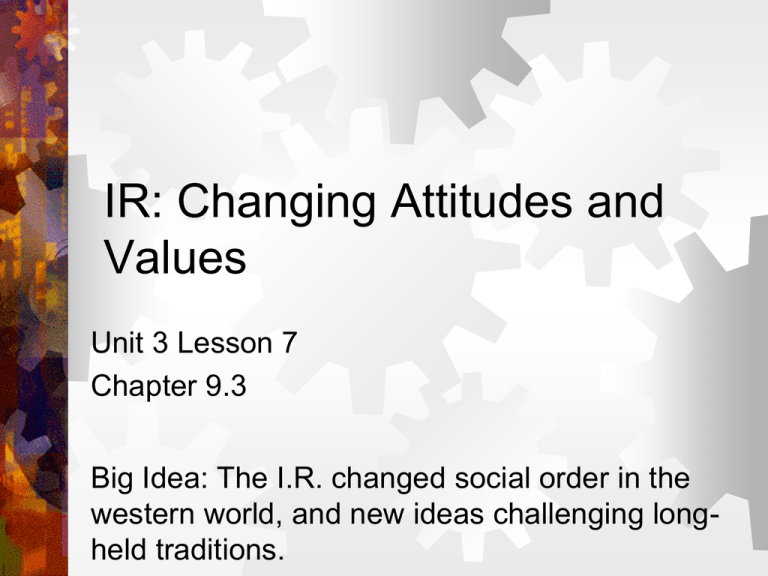
IR: Changing Attitudes and Values Unit 3 Lesson 7 Chapter 9.3 Big Idea: The I.R. changed social order in the western world, and new ideas challenging longheld traditions. Objectives Review changes to cities Closely read a passage on the change in values and apply its concepts into a skit Review/discuss the changes in vaules Warm Up What was life like in the cities? Improvements? Anesthesia & antiseptics in hospitals Urban renewal Sidewalks, sewers, skyscrapers Mutual-aid societies Better S.O.L. A New Social Order Spread of industry= complex social structure Upper Class: Industrial/business families & old nobility Top jobs in govt & military Middle Class: Midlevel business ppl &professionals-doctors, scientist, lawyers Lower Middle Class: teachers, office workers, shopkeepers, and clerks Lowers class: workers and peasants Activity You will divided into groups You need to read your assigned section (~5-10minutes) Then create a skit or write a story about your topic (~20minutes) Share with the class Middle Class Values Large house; tasteful clothing; children “seen but not hear” Men court the bride Marriage contracts to protect women property rights Men- work in office or shop Women- raise children, direct servants, religious or charitable service Cult of domesticity Rights of Women Temperance movement USA- Elizabeth Cady Stanton & Susan B. Anthony Women’s Rights Women’s suffrage Seneca Falls (1848) Growth of Public Education Taught 3 Rs Reading, writing, and ‘rthmetic Public edu Rural areas- not during season Expand secondary schools Increase colleges and Uni Women’s colleges New Directions in Science Atomic Theory- John Dalton Principles of GeologyCharles Lyell Different atoms combine Dmitri Mendeleyev* atomic table Earth formed over millions of years Origins of life on earth Neanderthals Darwin Challenge On Origins of the Species Evolution Natural selection “survival of the fittest” Social Darwinism Applied to economics Encouraged racism Closure How did attitudes and values change during the late 1800s? Religion in Urban Age Religious centers place of refugee Leaders were influential Social gospelurged Christians to social service Salvation Army
